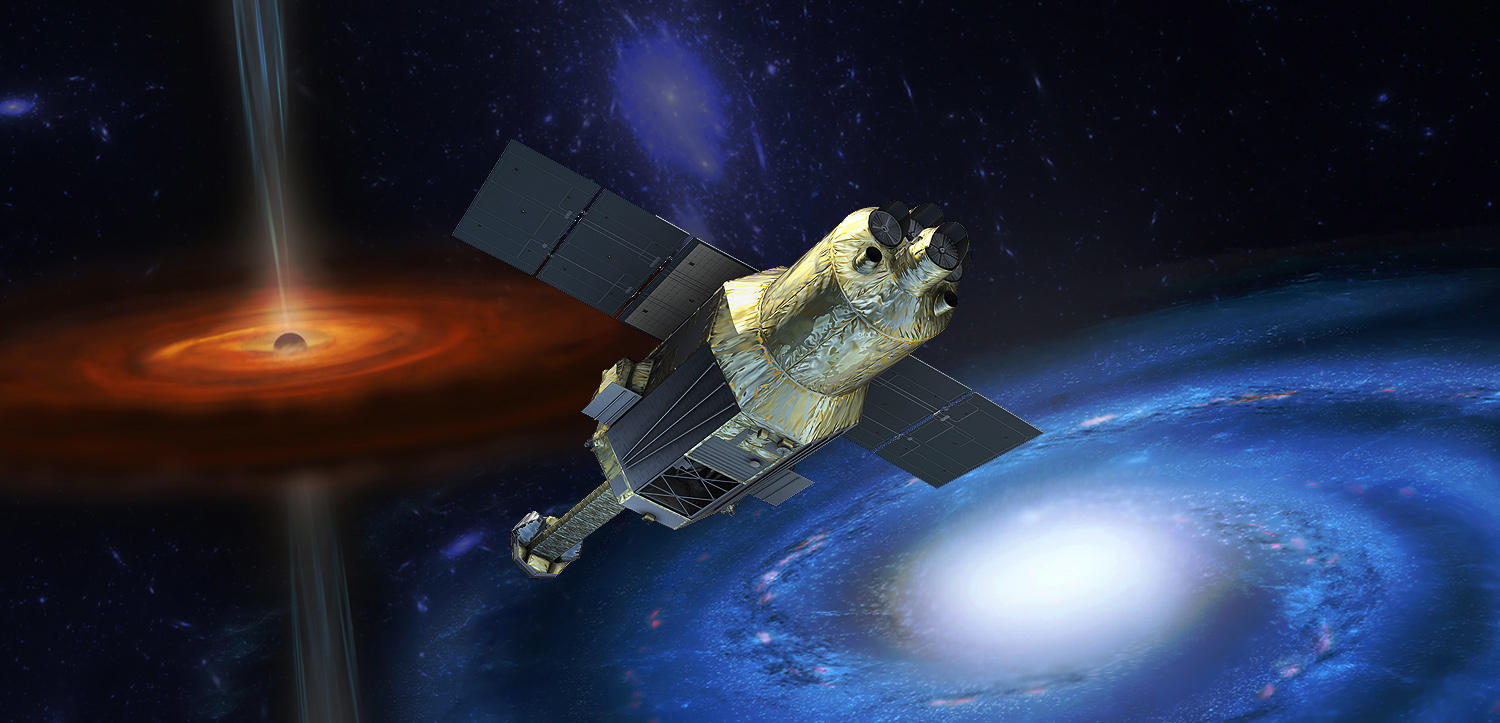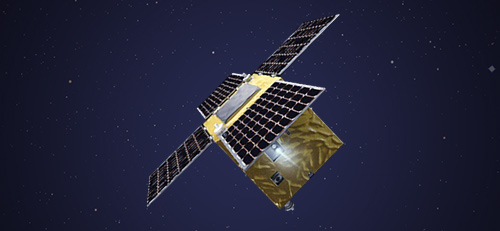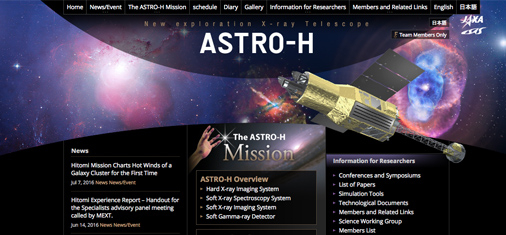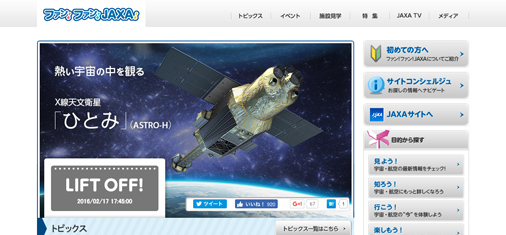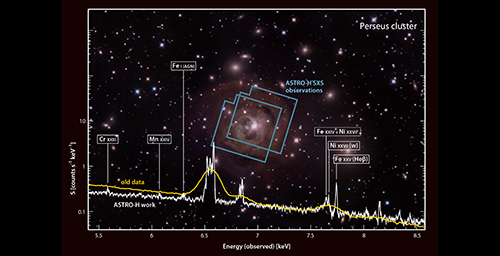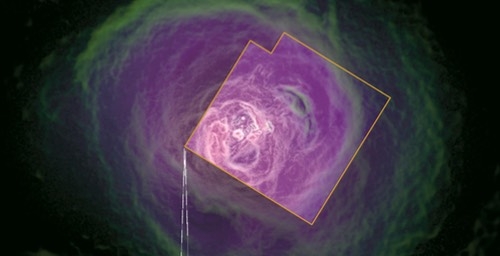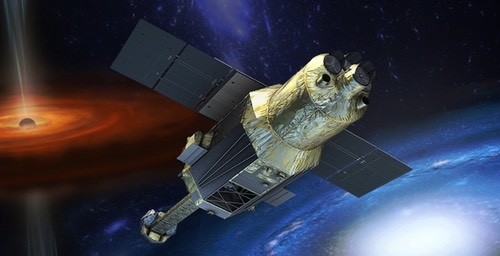ASTRO-H is the sixth satellite in a series of highly successful X-ray astronomy missions initiated by the Institute of Space and Astronautical Science (ISAS) of Japan Aerospace Exploration Agency (JAXA), and is planned for launch in late 2015 – early 2016 (Japan Fiscal Year 2015) . The ASTRO-H mission, as described in detail in Takahashi et al. (2014), is equipped with four state of the art instruments providing the highest energy resolution ever achieved in the E = 3-10 keV band and covering a wide energy range, spanning four decades from soft X-rays to gamma-rays. The simultaneous broad bandpass coverage and high sensitivity, coupled with the high spectral resolution, will open an enormous new discovery space for a wide variety of objects. ASTRO-H is expected to provide breakthrough results in scientific areas as diverse as the large-scale structure of the Universe and its evolution, the behavior of matter in the gravitational strong field regime, the physical conditions in sites of cosmic-ray acceleration, and the distribution of dark matter in galaxy clusters.
ASTRO-H has been built by a major international collaboration led by JAXA with over 70 contributing institutions in Japan, the US, Canada, and Europe. The US community participates in the ASTRO-H program as a Mission of Opportunity in the Astrophysics Explorers Program. Under this program, NASA/Goddard Space Flight Center collaborates with JAXA on the implementation of the SXS instrument and Soft X-ray Telescopes. Other international members include Stanford University, SRON, Université de Genève, CEA/DSM/IRFU, Canadian Space Agency (CSA) and European Space Agency (ESA), who contribute in critical areas of the hardware and software development. We acknowledge the strong support from all these agencies and institutes, which have made the ASTRO-H mission possible.
| Name | HITOMI (ASTRO-H) |
|---|---|
| Objectives | The purpose of ASTRO-H is to explore the structure and evolution of Universe with the following observational capabilities: 1.The first imaging and spectroscopic observations with the hard X-ray telescope. 2.The first spectroscopic observations with an extremely high energy resolution of the micro-calorimeter. 3.The most sensitive wideband observation over an energy range from 0.3 to 600 keV. |
| Launch Date | 17:45, February 17, 2016 |
| Launch Location | Tanegashima Space Center |
| Launch Vehicle | H-IIA-30 |
| Weight | 2.7 t |
| Shape | Equipped with the following deployment structures: large deployable antenna with aperture diameter 10m; one-wing solar-array paddle; and high-speed data communication antenna |
| Orbital Altitude | about 575km |
| Orbital Inclinarion | 31° |
| Type of Orbit | Circular |
| Orbital Period | about 96 min. |
| Scientific Instruments(Planned) | ・Soft X-ray Spectrometer (SXS) ・Soft X-ray Imager (SXI) ・Hard X-ray Imager (HXI) ・Soft Gamma-ray Detector (SGD) ・Soft X-ray Telescope (SXT-S, SXT-I) ・Hard X-ray Telescope (HXT) |

